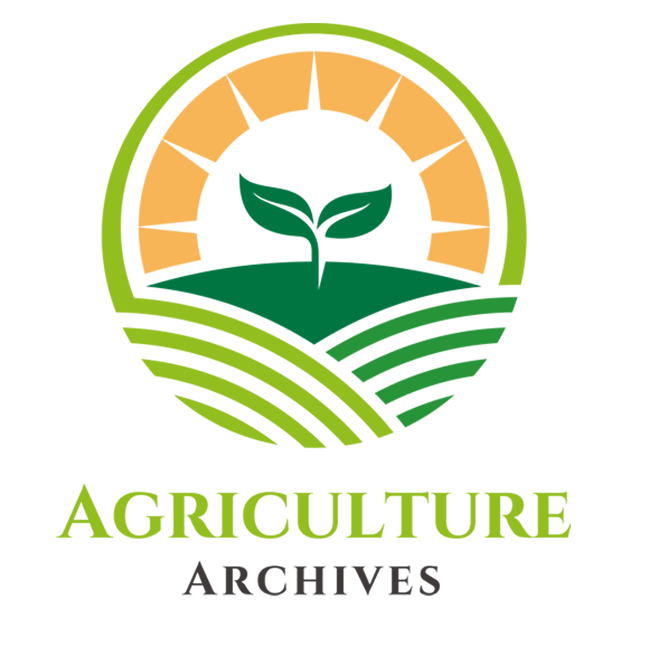Soil licks, locally known as ‘ng’engta’ are deposits where animals access essential minerals naturally present in the soil. Assessing their mineral content is important whether they meet the nutritional needs of livestock and the need to protect from destruction and commercialization for the benefit of the local community. In order to meet the demands of development and production as well as to replenish cells lost during regular metabolism, minerals are necessary for life. Therefore, they require constant resupply in the form of food, drink, or supplements. The use of soil additives for ruminants by rural residents in yatya village, despite the lack of research, is thought to increase livestock productivity. This study was carried out to investigate the mineral composition of the soil that ruminants in yatya village use as supplemental food, compare the results with those of commercial salt licks, and provide pertinent recommendations. To determine the components’ concentration and composition, a representative sample of soil lick was collected from the kimotor soil lick site. After gathering and air drying the soil lick sample, any visible outside particles were crushed, homogenized, sieved through a 2 mm mesh screen, precisely weighed, labeled in plastic bags, and delivered to the chemical lab for testing using Flame, AAS, and UV-vis spectroscopy at the University of Eldoret. The variations in the amounts of mineral components in the commercial salt lick and natural soil lick were assessed using normal averaging and ratio scales. According to the results, there are more than eleven (11) elements in the soil sample. Among them N (0.06%), P (0.05%), K (42.5 ± 0.71 mg/kg), Na (3622 ± 2.83 mg/kg), Ca (2995 ± 0.01 mg/kg), Mg (187.50 ± 0.01 mg/kg) are essential macronutrients and Fe (4829.17±0.02 mg/kg), Cu (604.17 ± 0.01 mg/kg), Zn (12.5 ± 0.01 mg/kg), Co (184.17 ± 0.01 mg/kg) and Mn (375 ± 0.01 mg/kg), are essential micronutrients. The study also showed the natural soil lick did not contain heavy metals such as Cr and Cd, which are toxic even at very low concentrations. However, it contained Pb (20.833 ±0.01 mg/kg) which was within global mean concentrations. Higher amounts of critical components were found in natural soil licks, according to the study. Livestock at the kimotor natural soil lick site in yatya village, Baringo County, may eat natural soil licks mostly because of mineral supplementation. Therefore, there is a need to be managed sustainably for livestock essential mineral supplementation.
